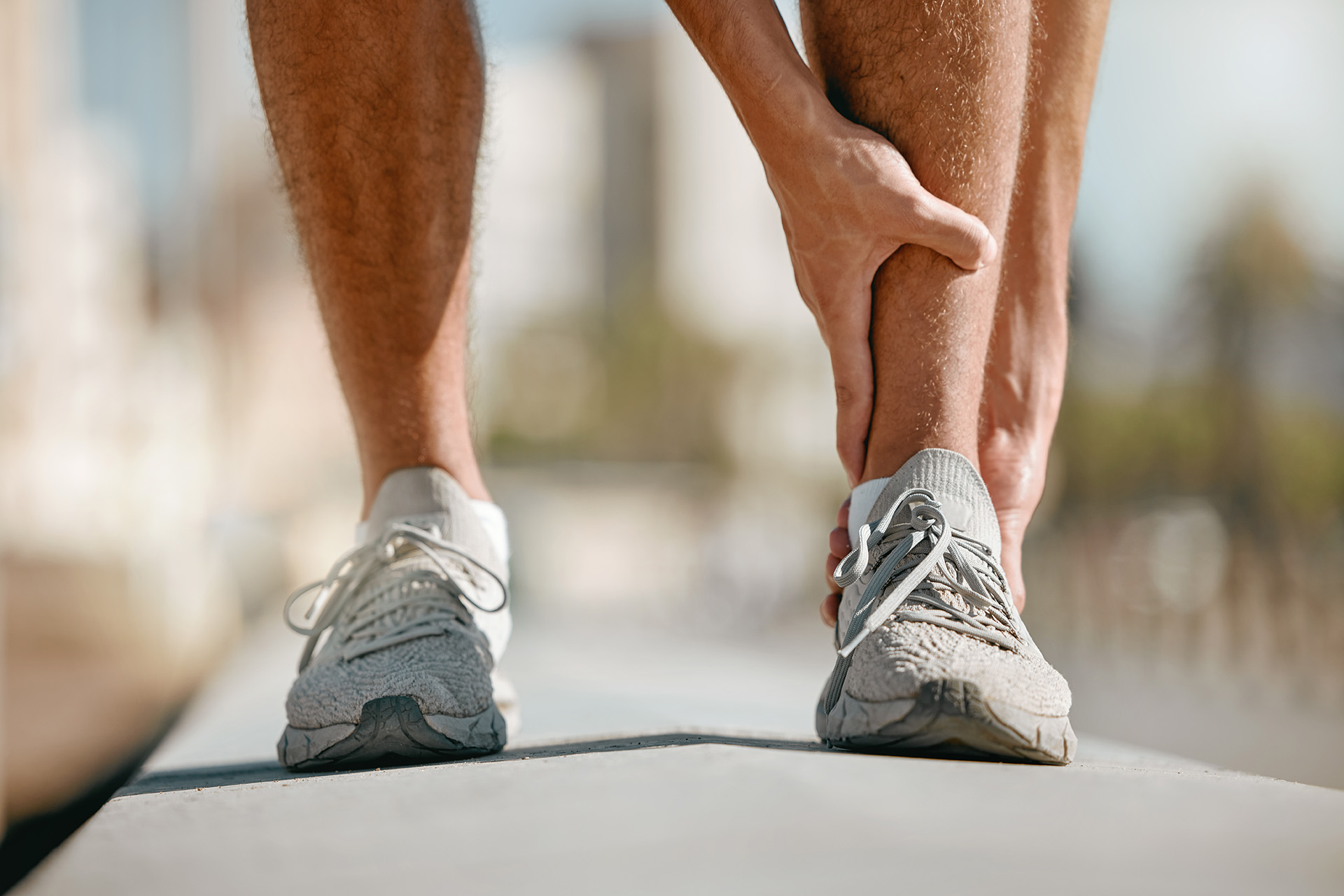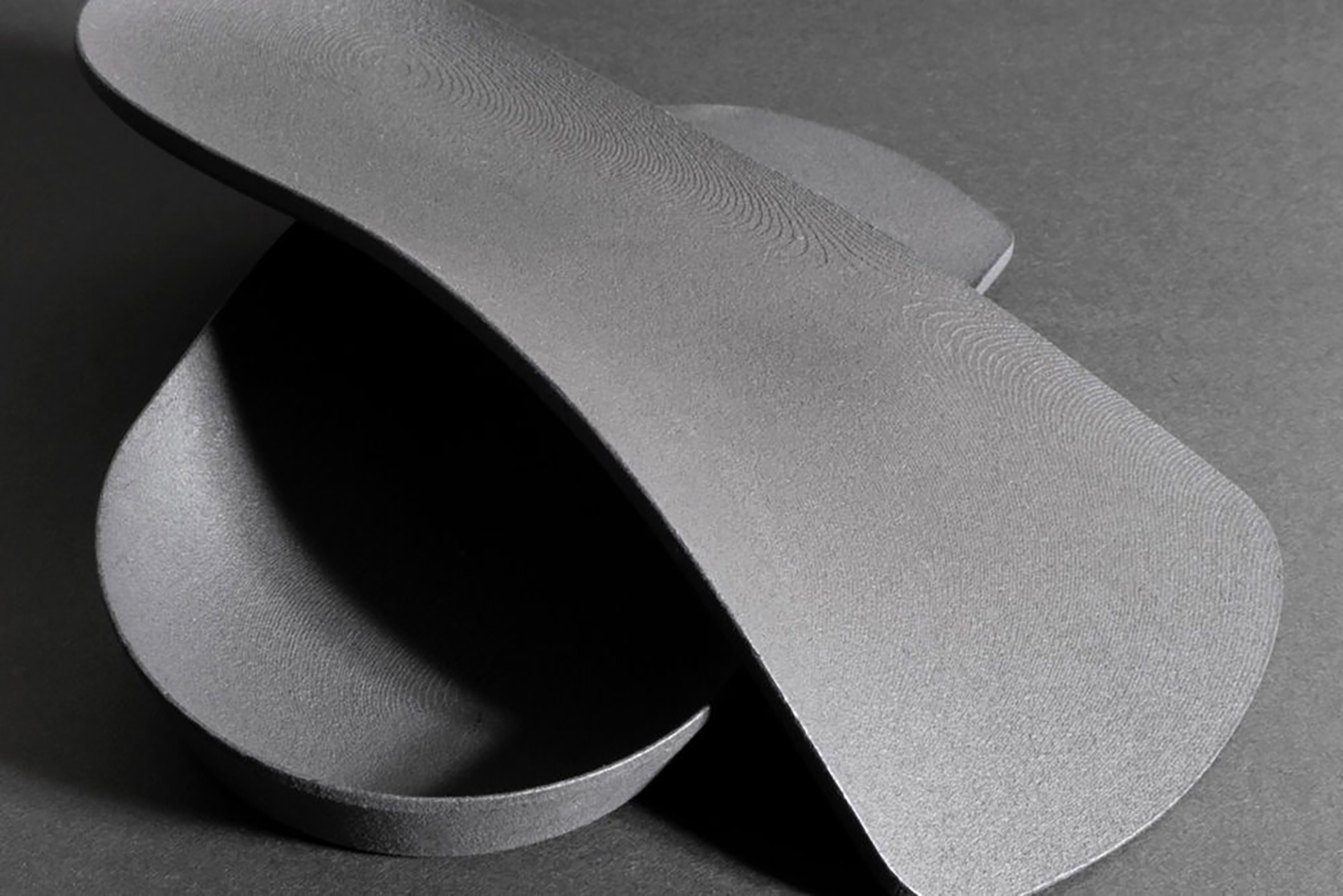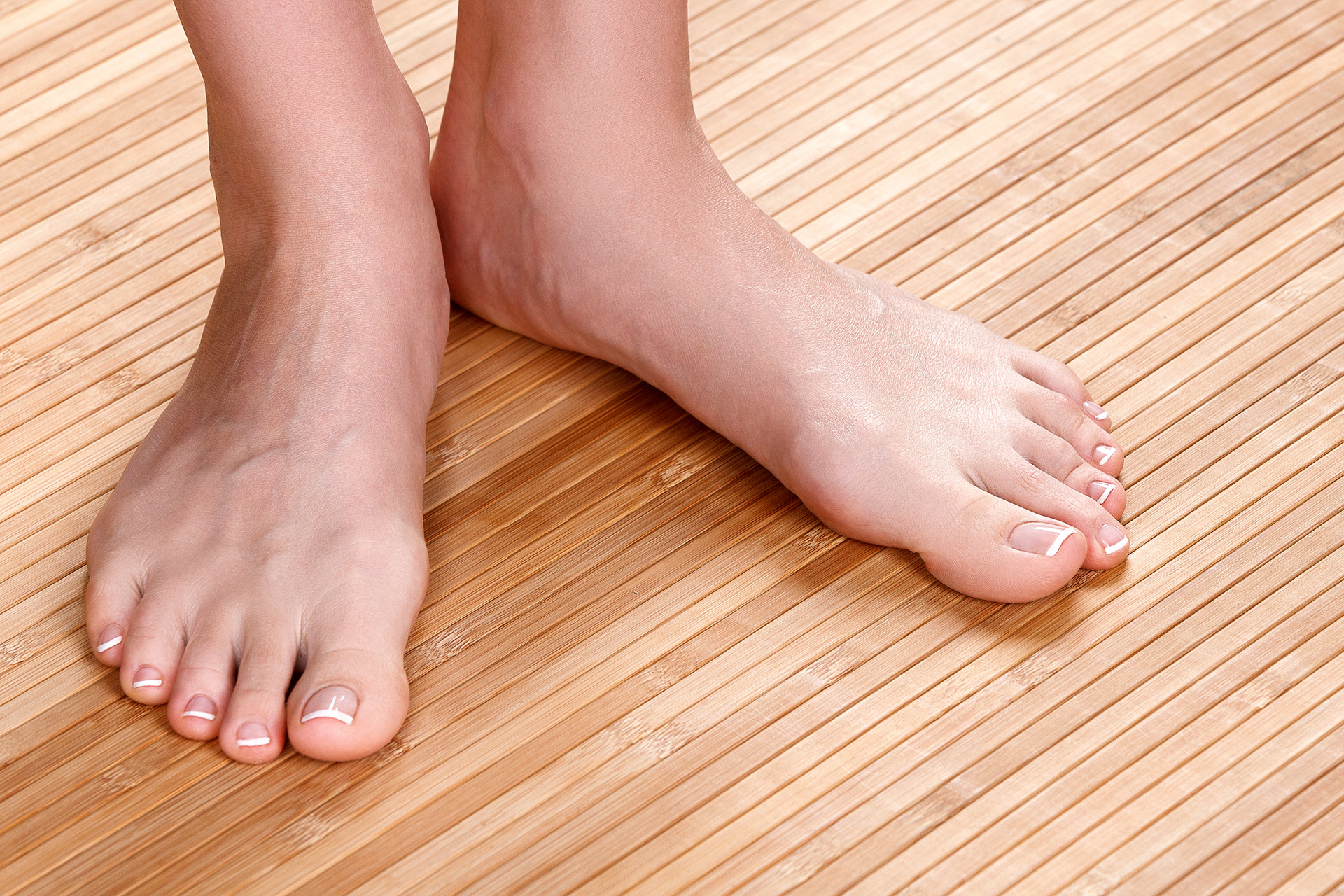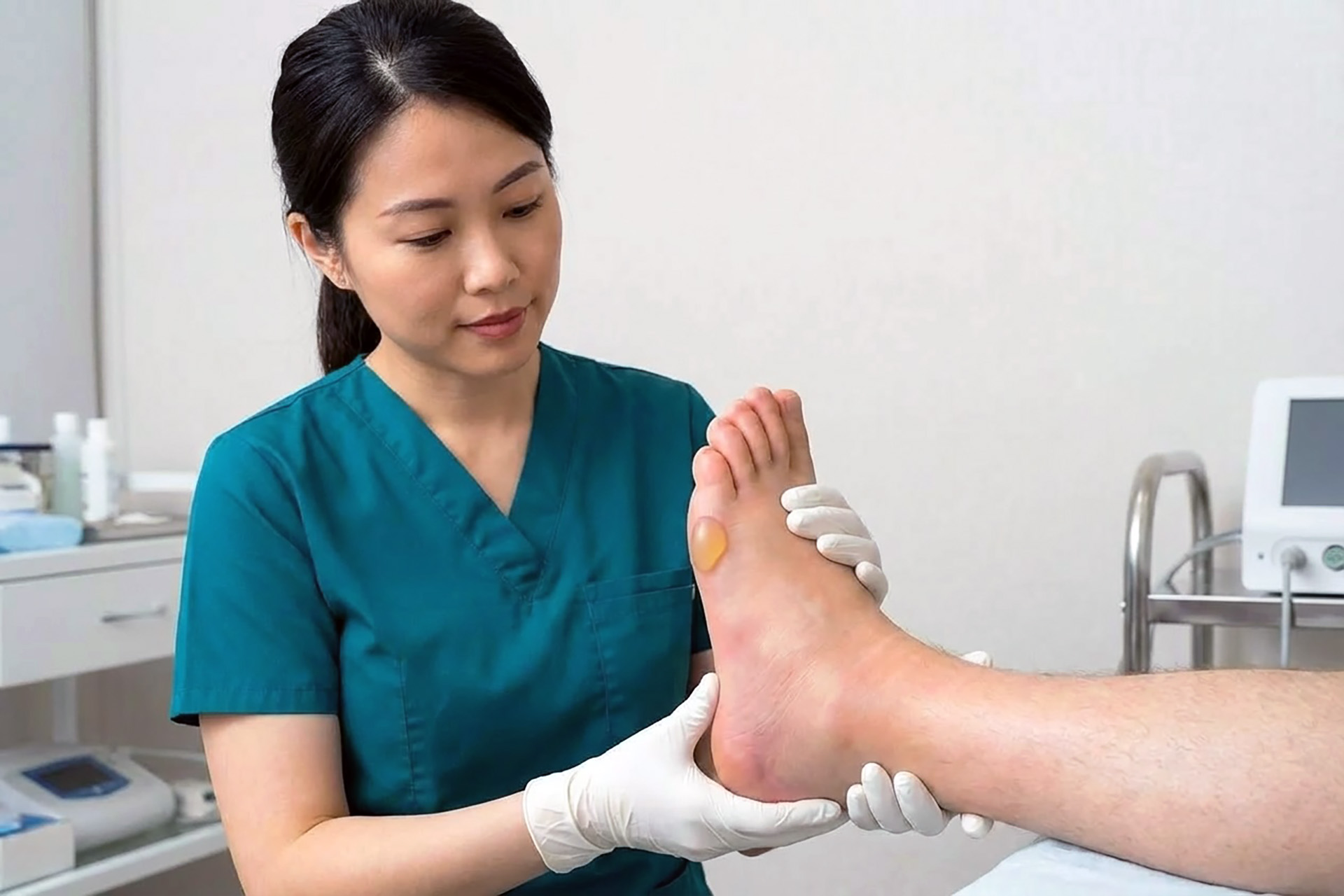Foot pain looms large among people grappling with inflammatory arthritis of the foot and ankles, inflicting pain upon a substantial majority of people with rheumatoid arthritis, gout, spondyloarthritis, and psoriatic arthritis of the foot.
How Joint Inflammation Affects Your Daily Life
Joints, where two bones meet, are crucial for our body’s mobility and range of motion. They come in various shapes, such as ball and socket, saddle, and hinge, each serving a specific purpose. However, any joint can be affected by arthritis, an inflammatory condition that causes stiffness, discomfort, and pain. The smooth movement of bones within a joint relies on cartilage, a protective layer, and the lubricating synovium surrounding the joint.

When either of these components is affected, it can restrict motion and hinder daily activities, particularly when arthritis strikes the feet or ankles, impeding movement.
The feet, comprising over 30 joints, play a vital role in absorbing impact, providing support, and maintaining balance for the body. With such many joints, the likelihood of developing foot arthritis increases, especially as the body ages and the cartilage naturally wears down.
Landscape of Arthritis: Understanding Risk Factors
Arthritis is a multifaceted condition influenced by diverse risk factors. While genetic predisposition plays a role in rheumatoid arthritis, age and overuse contribute to osteoarthritis as cartilage gradually wears down. Notably, repetitive motions can erode foot cartilage, highlighting the impact of overuse. Gender disparities emerge in arthritis, particularly in the hips and knees, whereas injuries can trigger post-traumatic arthritis, causing damage to joint surfaces.

Among the three common types of arthritis – osteoarthritis, rheumatoid arthritis, and post-traumatic arthritis – distinct causes underpin shared expressions:
- Foot and ankle osteoarthritis (OA), often termed wear-and-tear arthritis, arises from age-related or excessive cartilage wear, resulting in diminished bone space and heightened discomfort.
- Rheumatoid arthritis, in contrast, operates as an autoimmune disease, with the body’s immune system mistakenly attacking the synovium, impairing lubricant production for the cartilage. Rheumatoid arthritis typically starts in the feet and progresses symmetrically.
- Post-traumatic arthritis, diverging from the other forms, stems from external injuries. Foot injuries can damage joints, dislocate bones, or lead to fractures, thereby affecting joint surfaces and cartilage erosion.
While all three conditions initially induce pain and restrict movement, the long-term impact of rheumatoid arthritis can be more devastating. As the immune system’s assault on the synovium triggers a chain reaction, bones and tendons in the affected area become vulnerable.
Understanding the complexities of these arthritis types enables a comprehensive approach to diagnosis, treatment, and management, empowering individuals to navigate the intricate landscape of joint health.
Unravelling Symptoms Arthritis of the Foot and Ankle and Wider Impact across the Body
Living with ankle arthritis presents a range of symptoms that can significantly disrupt daily activities. Foot and ankle arthritis frequently induce pain, which can become a constant companion in navigating the simplest tasks.
As the condition progresses, stiffness sets in, limiting the range of motion and curtailing one’s freedom. Visible swelling in the affected joints further underscores the inflammatory nature of the ailment. Moreover, individuals grappling with foot or ankle arthritis often experience heightened pain upon waking or after prolonged periods of sitting.
Beyond the immediate challenges to one’s quality of life, these symptoms can have far-reaching consequences for overall well-being.

Addressing ankle health might be vital to better understanding and managing other conditions, such as knee osteoarthritis (OA). OA is a common issue where joints wear down, leading to pain and decreased mobility, often requiring joint replacement surgery. It’s not just isolated to one joint — if one area, like the ankle, is affected, it can impact others, like the knee. However, most research has focused on the knee-hip connection, neglecting the ankle. Yet, there’s evidence that ankle issues can contribute to knee OA.
Further, the reduced mobility associated with arthritis increases the risk of falls, posing a threat to physical safety. Stiffness in the foot can disrupt proper posture, impacting the body’s alignment and stability. Meanwhile, persistent foot and ankle pain may deter individuals from regular physical activity, potentially contributing to unwanted weight gain.
It is essential to recognise that the impact of arthritis extends beyond the affected joints, affecting various aspects of health and daily functioning. By understanding and addressing these interconnected factors, individuals can navigate the complexities of arthritis more effectively, seeking appropriate interventions to manage symptoms, mitigate risks, and optimize overall well-being.
Accurate Diagnosis of Foot & Ankle Arthritis
The journey towards diagnosing arthritis unfolds with a physical examination guided by an experienced podiatrist. During this evaluation, a comprehensive set of questions delves into the intricacies of your condition, shedding light on critical factors such as the onset and intensity of pain. Our skilled practitioner may also apply gentle pressure to the affected joint, gauging tenderness or discomfort as vital clues in the diagnostic puzzle.

With a preliminary assessment complete, our team may refer you for more advanced imaging techniques like X-rays or MRI scans to gain an intimate glimpse into the inner workings of the joint, potentially revealing the width of the inter-bone space and unveiling the condition of tendons and cartilage. In cases where rheumatoid arthritis is suspected, a blood test may be administered, providing definitive confirmation.
Following the clinical assessments, our podiatrist will tailor a plan to manage your arthritic foot and ankle pain to alleviate discomfort, enhance mobility, and optimise your biomechanical function. In some cases where surgical intervention is required to replace arthritic or injured ankles with artificial joints, we’ll refer you to an orthopaedic surgeon for further evaluation.
Conservative Management of Arthritis of the Foot and Ankle
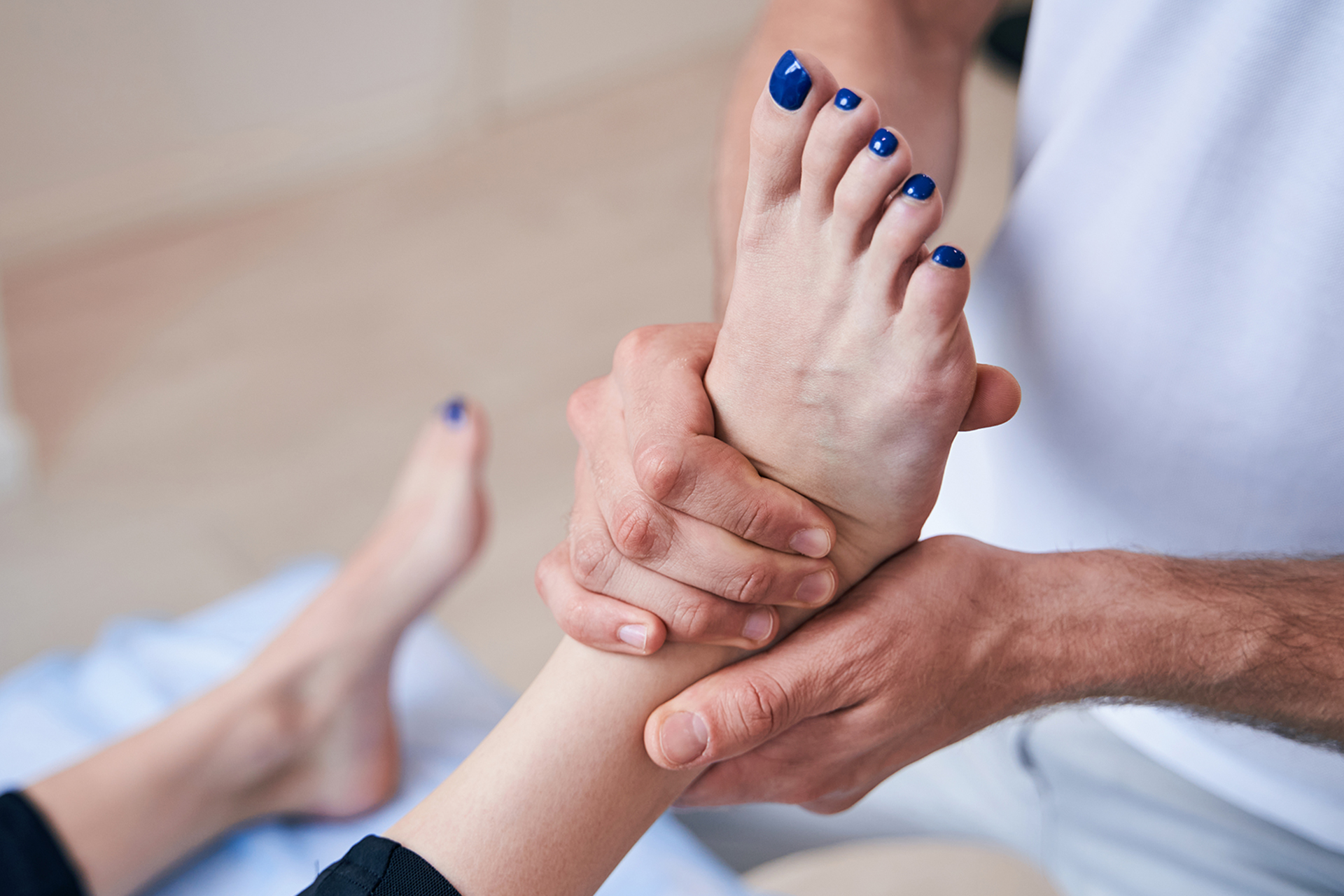
If arthritis of your foot and ankle is treatable without surgery, our podiatrist may administer a range of therapies to manage your condition. These conservative podiatric modalities include:
- Physical Therapy: Physical therapy exercises prescribed under the guidance of a skilled podiatrist can be instrumental in improving joint function, increasing range of motion, and strengthening surrounding muscles. Targeted exercises and techniques can enhance flexibility and restore optimal mobility.
- Orthotic Devices: One frequent treatment option is orthoses, custom-made insoles contoured to your feet to fit within your shoe to provide you with maximum support and minimise pressure on the afflicted ankle joint. This can aid in redistributing force, enhancing stability and reducing pain and swelling.
- Assistive Devices: In some instances, assistive devices like braces, splints, or canes may be recommended to provide additional support, reduce strain on affected joints, and improve overall stability while walking or performing daily activities.
- Shockwave Therapy: Extracorporeal Shockwave Therapy (ESWT) has emerged as a promising treatment for osteoarthritis and related conditions. By applying shockwaves to the soft tissues, this innovative therapy stimulates the healing process within the joint structure, impeding degeneration and promoting cartilage and bone regeneration, which provides people with a potential solution to manage the symptoms of foot and ankle arthritic conditions.
- Footwear Assessments: Your weight can be evenly distributed across the foot by wearing supportive footwear. Footwear recommendations, especially shoes with arch support, can absorb shock correctly and reduce pain and further repetitive strain.
- Lifestyle Changes: Maintaining a healthy lifestyle, including weight management, reduces the amount of pressure on your feet and ankles to relieve pain, which is beneficial for people prone to osteoarthritis.
All of these non-invasive conservative solutions can help slow the progression of the disease, which is especially critical for a condition like rheumatoid arthritis, which is incurable.
Living with ankle arthritis has the potential to disrupt your everyday life, mainly when it affects the foot and ankle. Its impact extends beyond discomfort, influencing your balance, increasing the risk of injuries, and compromising your overall well-being. If you encounter symptoms like stiffness, swelling, or pain in these areas, seeking the guidance of a skilled podiatrist at The Foot Practice becomes crucial.
Patients play a significant role in their healthcare and wellness.
Talk to your physician about foot and ankle arthritis treatment and how a podiatrist can help manage your foot and ankle arthritic condition. By taking proactive measures, you can prevent further deterioration and embark on a journey towards restoring your mobility and reclaiming a fulfilling life without surgery through early intervention.

